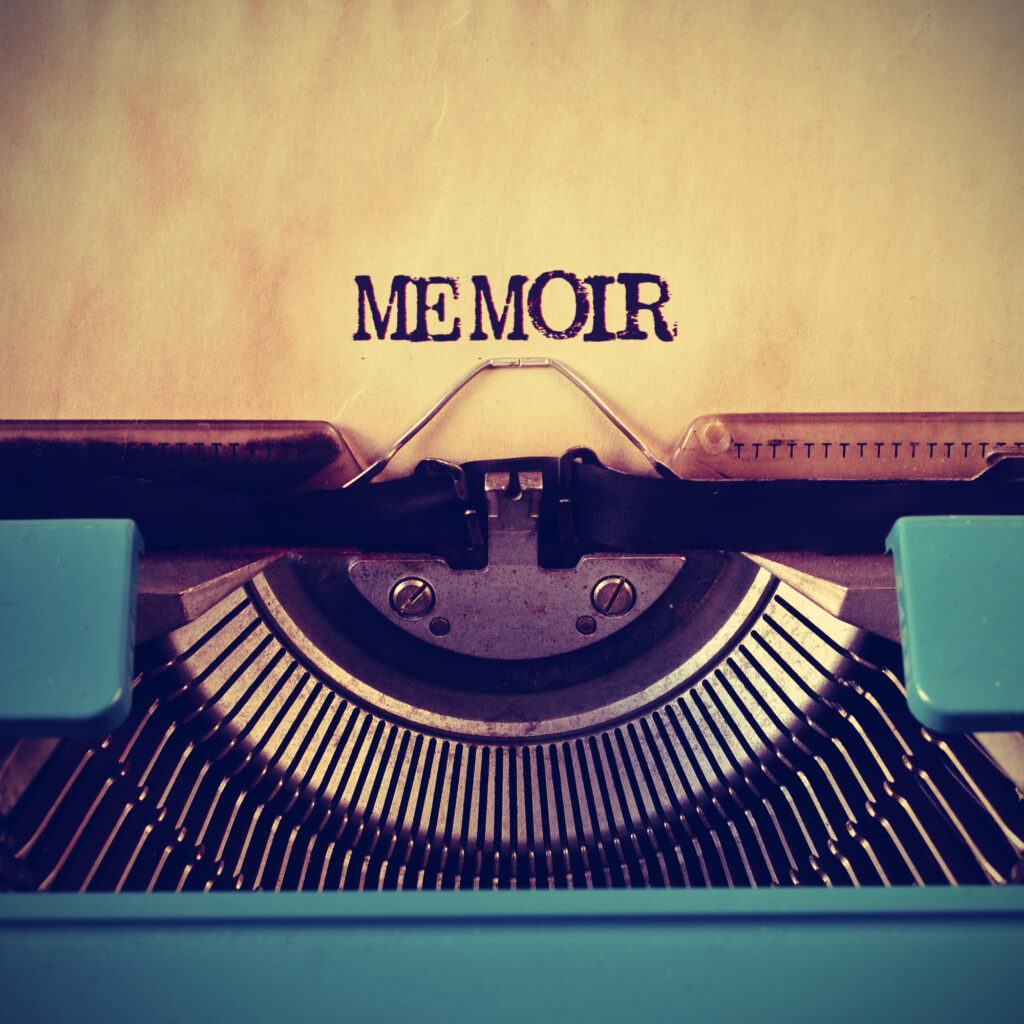It Takes a Village: Writing Supporting Characters – Tere Michaels

Writers spend a lot of time on their main characters – our heroes, our villains. We want them to be unique and memorable, leaping off the pages or screen to grab the reader and pull them into the world.
But that world needs to be populated. By names and faces (and the nameless and faceless) who bring forth information, distractions, difficulties and even just color and commentary. They are the supporting characters and to forget to give them the attention and depth they deserve is to short-change both yourself and your readers.
Show, Don’t Tell: The Writer’s Golden Rule – Cynthia Owens

We will cover:
Show vs. Tell?—Examines the difference between telling a story and showing it.
The Five Senses—How to use the senses effectively.
Action!—Using strong, active verbs past.
Actions Speak Louder Than Words—Using Body Language.
I Second That Emotion—Action, reaction, and inner thought.
The Do’s and Don’ts of Dialogue—The unique voice and speech tags.
The Devil’s in the Details—Using details while avoiding detail overload.
Where in the World?—Using setting to show your story.
Final Lesson – Show me your show-don’t-tell!
Tales in the New World: Writing the American or Australian Historical – Beth Henderson

So, bring that Highland laddie, that Irish rogue, the Regency dandy, the Plantagenet or Tudor lord, the roving Viking warrior to one of the New Worlds (the continents of North and South America and Australia all qualify). Force a convicted man or woman, or an indentured one, or a slave onto a ship bound for…well, historically, likely death, but while people around our main characters might greet Death, our heroes and heroines will only have a slight brush with it. Match your hero with a heroine he might never have met in the Old World. It’s still a man’s world in these historical periods, though feisty women no doubt abound as well. They had to survive the challenges, you know. The scenery these characters stride is a bit different, sometimes the language is, but these Europeans from earlier centuries are related to the immigrants that settled large new lands. You can convert them into whatever your story and the time period demand.
The Missing Puzzle Piece: Core Wounds – Tere Michaels

This workshop will explore what a Core Wound is, how it goes into the building of a deeply felt and memorable character, and how it influences their actions and reactions in a story.
There’s More to Selling Books than Amazon – Zoom Workshop – Free to OIWi Members Only – Susan Palmquist – 1pm-3pm EST

Why compete in a saturated market?
In this class we’ll look at alternative ways to sell your work, everything from lesser-known bookselling sites to setting up your own bookstore.
Small Conflicts that Move Your Story Along – Mary Marvella

In this class, we will work on ways to use small conflicts to keep a story moving.
Writing Your Memoirs or Autobiography – Mary Marvella

Students could have a working outline for a memoir/autobiography and a good portion of a rough draft by the end of the month and the instructor’s guidance after the class ends.
The Fine Art of Killing Words: Editing for a Lean, Mean Manuscript – Beth Henderson

In four weeks, we’ll walk this walk together, evaluating what can go and what needs to stay, changing verbs, revising sentences, giving up adverbs (hardest thing for me!), trimming descriptions, catching when characters babble, and limiting dialogue tags.
Writing a Nonfiction How-To Book – Mary Marvella

We’ll use Mind Mapping and other brainstorming. We will explore the elements that make up a successful book.
It’s Five O’clock Somewhere: Book & Wine Pairings – Carol Shaughnessy – 1-Evening Zoom Masterclass – Free for Members Only! December 14, 2024, 6 pm to 8 pm EST

In this enjoyable and informative program, Carol Shaunessy pairs some of her favorite wines with these favorite genres.
Like whites with fish and reds with steak, there are flavors and recipes to match cozy mysteries, paranormal shifters, and even witchy YAs.
So, this Christmas, when looking for that special gift, pair your beloved reader with a couple of these, using some of Shaughnessy’s suggestions. You’ll be surprised and pleased. Jump in as Carol takes us through the wine cellar. Stroll past book shelves waiting for readers to curl up with something less traditional than tea and coffee.
